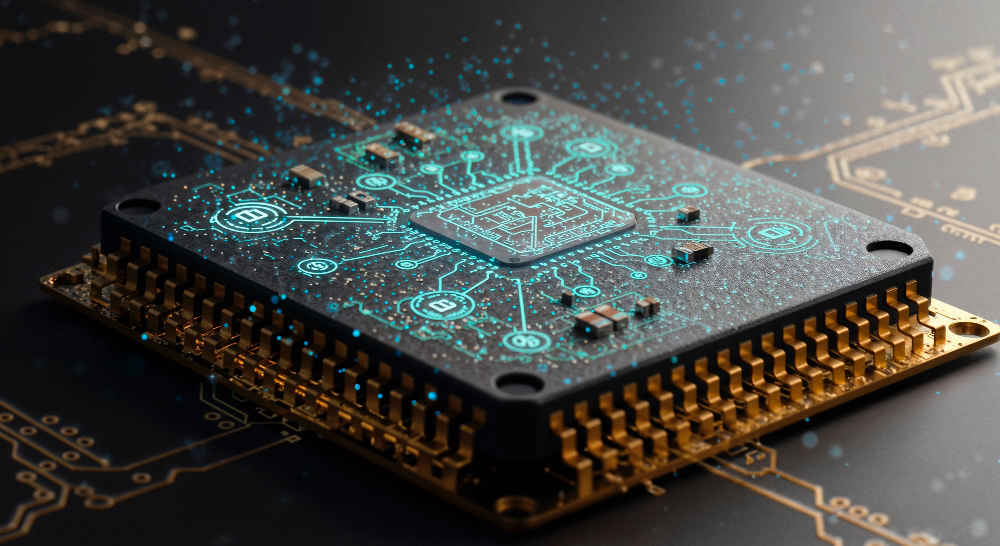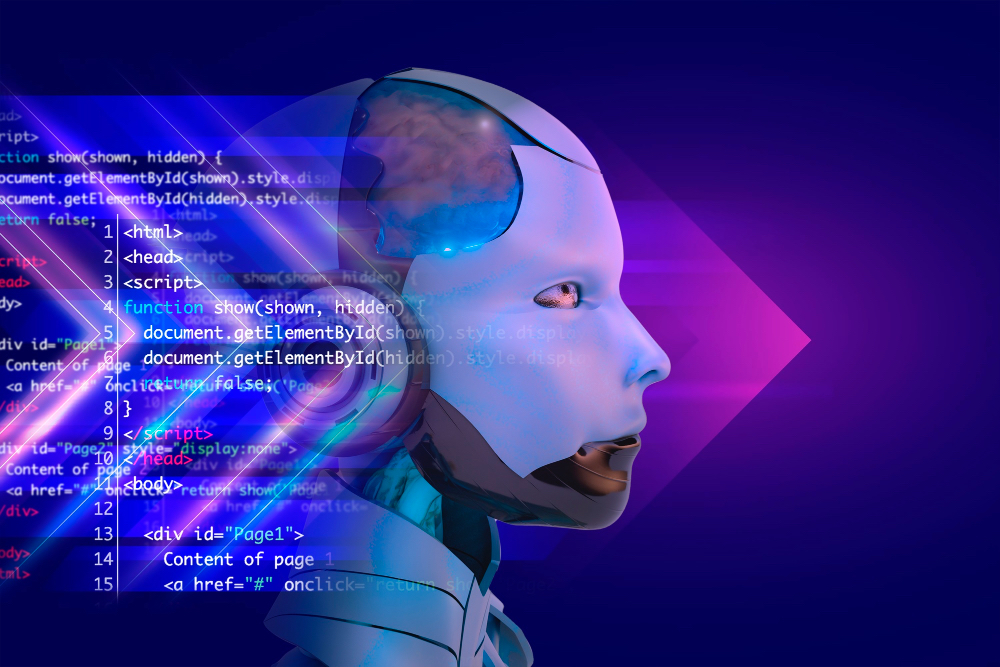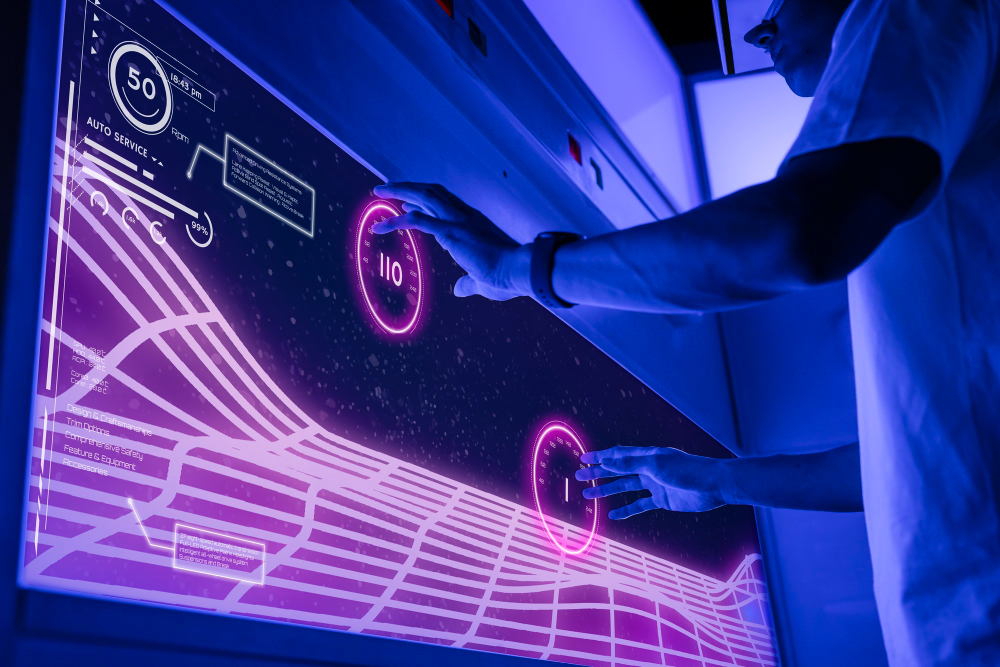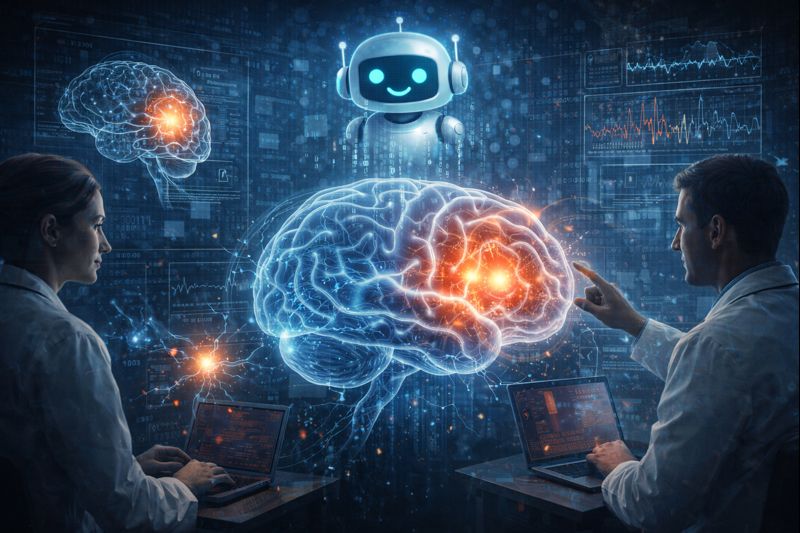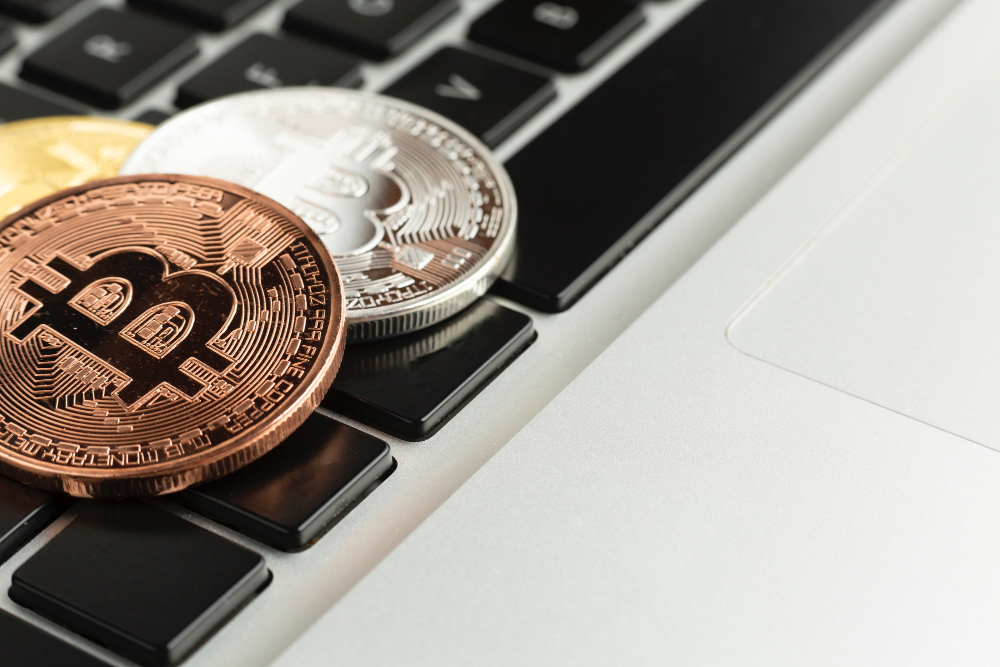Kazakhstan has risen to 60th place out of 195 countries in the 2025 Government AI Readiness Index, marking a 16-place improvement and highlighting a year of accelerated institutional and policy development.
The ranking, compiled by Oxford Insights, measures governments’ ability to adopt and manage AI across public administration, the economy, and social systems.
At a regional level, Kazakhstan now leads Central Asia in AI readiness. A strong performance in the Public Sector Adoption pillar, with a score of 73.59, reflects the widespread use of digital services, e-government platforms, and a shift toward data-led public service delivery.
The country’s advanced digital infrastructure, high internet penetration, and mature electronic government ecosystem provide a solid foundation for scaling AI nationwide.
Political and governance initiatives have further strengthened Kazakhstan’s position. In 2025, the government enacted its first comprehensive AI law, which covers ethics, safety, and digital innovation.
At the same time, the Ministry of Digital Development, Innovation and Aerospace Industry was restructured into a dedicated Ministry of Artificial Intelligence and Digital Development, signalling the government’s commitment to making AI a central policy priority.
Kazakhstan’s progress demonstrates how a focused policy, infrastructure, and institutional approach can enhance AI readiness, enabling the responsible and effective integration of AI across public and economic sectors.
Would you like to learn more about AI, tech and digital diplomacy? If so, ask our Diplo chatbot!


